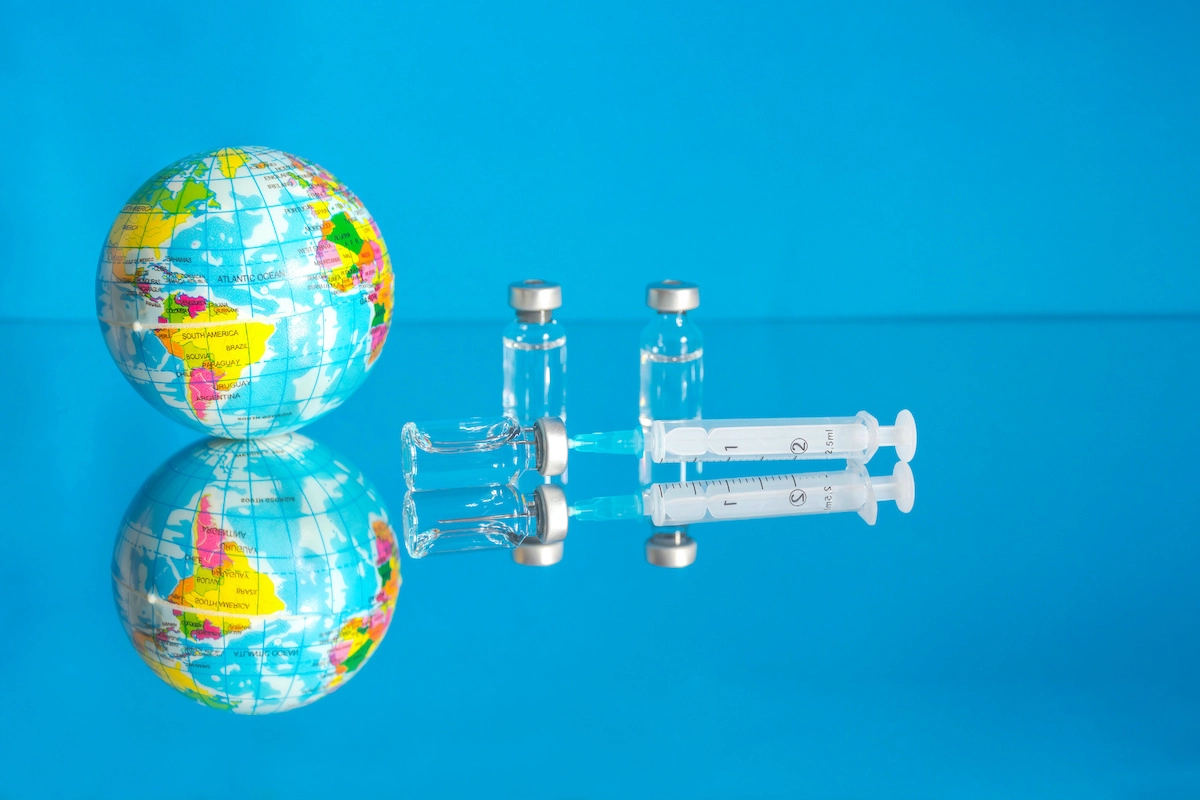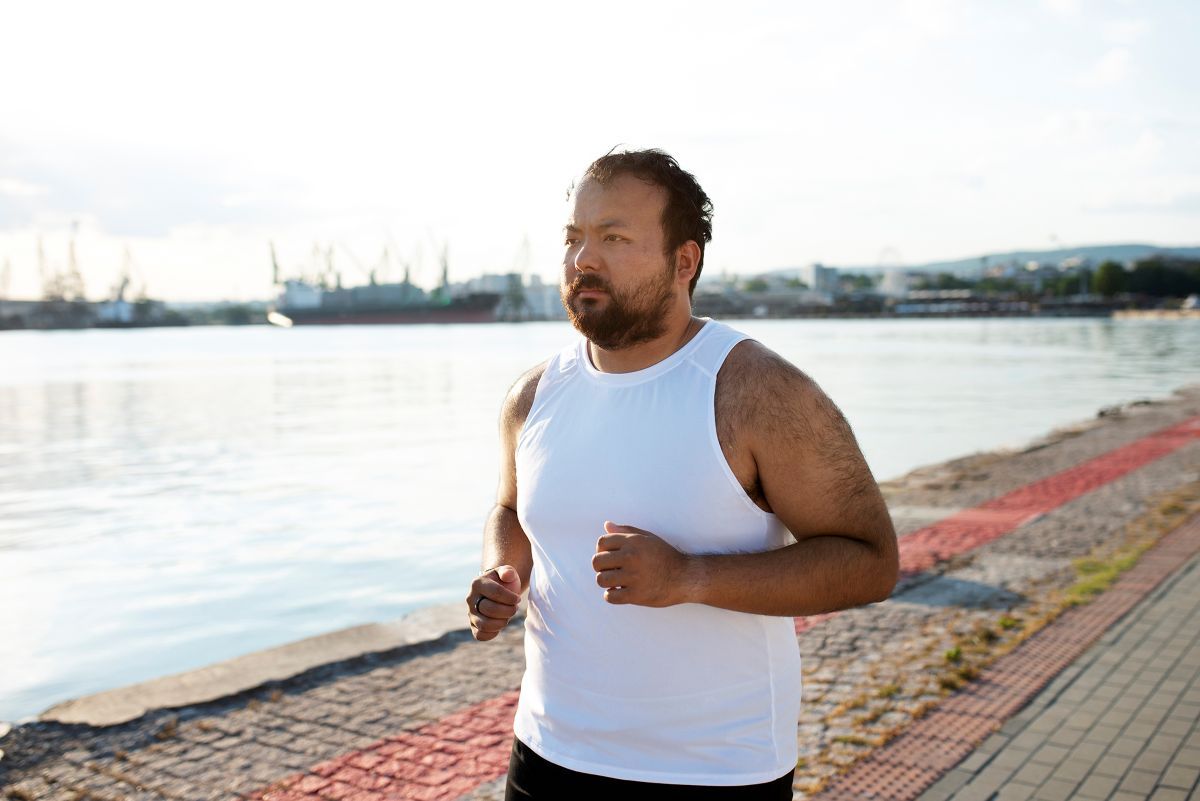
This is not an opinion on whether you do or you don’t personally approve of immunizations.
It’s a global warning that will affect us all. — Care magazine® editor.
By Christopher J. Elias
For more than 20 years, the story of immunization was one of steady progress. While access to new and underutilized vaccines for children living in lower-income countries hasn’t increased as quickly or as equitably as anyone would like, the arrow mostly pointed upward.
That changed with the COVID-19 pandemic which brought global progress on immunization to a grinding halt—and worse yet, pushed it backwards. Immunization coverage has dropped in every region of the world and growing outbreaks of measles, polio, cholera, and diphtheria are putting more children at risk of disease every day.
To restore immunization coverage to pre-pandemic levels and strengthen immunization systems for the long-term, we need urgent and bold action. At the Bill & Melinda Gates Foundation (editor’s note: yes, it’s still called that), increasing access to immunization has been a cornerstone of our work from the beginning. This year there is a focus on efforts to drive progress on immunization in several key areas.
First, it’s critical to reach the millions of children who haven’t received a single dose of the most basic childhood vaccines. The number of unreached children has grown during the pandemic, but this has been a longstanding, stubborn problem. These children also tend to live in communities at high risk for polio, underlining the importance of delivering comprehensive immunization services.
To reach these communities, we need to better understand who isn’t being reached and why, adjusting approaches in response. This could include setting up mobile outreach services or partnering with private providers who may be reaching children the public sector isn’t. This is an urgent priority to provide equitable access to vaccines and other health services in communities too often left behind.
Second, the number of children who have not been vaccinated against measles is increasingly concerning. Measles is one of the world’s most contagious diseases and is particularly dangerous for young children but is preventable through vaccination. Drops in measles vaccine coverage have put nearly 40 million children at risk of infection. In the last year alone, there have been 33 large measles outbreaks around the world. Global outbreaks will accelerate as immunity gaps worsen.
To stop these outbreaks, we need to strengthen routine immunization systems and conduct timely, high-quality campaigns. The foundation is supporting partners to improve measles vaccine coverage while funding new innovations that make vaccines easier to administer, such as microneedle array patches that can reduce reliance on the cold chain and allow for a broader set of health care workers and volunteers to administer the vaccine.
Third, to address one longstanding inequity in vaccine access, the foundation is working with country leaders and partners to accelerate uptake of vaccines against cervical cancer that have been far too slow to roll out in lower-income countries – only 1 in 10 girls in these countries have been vaccinated against Human Papillomavirus (HPV). 90% of women who die from cervical cancer live in low-and-middle-income countries—an unconscionable disparity. Vaccination is a key component to eliminating cervical cancer and it’s imperative to urgently reach adolescent girls in lower-income communities and countries with HPV vaccines.
On this front, there is exciting news. Late last year, WHO released new guidance that 1 dose of the HPV vaccine provides comparable protection from cervical cancer to the previous 2-dose regimen. A single-dose schedule can help make these lifesaving vaccines more accessible by lowering costs and simplifying delivery, and several countries have already announced their intent to switch to a 1-dose schedule. As more countries consider this evidence for their own vaccination programs, we’re optimistic that the 1-dose regimen will help boost coverage and thus protection against cervical cancer.
Finally, as a core partner of the Global Polio Eradication Initiative, the foundation is firmly committed to protecting every child against polio. While cases of polio are down 99% compared to 35 years ago, recent detections of poliovirus in new places, from the U.S. to Mozambique to Israel to Peru, remind us that as long as polio exists anywhere, it’s a threat to children everywhere.
To end polio this year, the quality of immunization campaigns must improve in areas where poliovirus continues to present a risk, including door-to-door efforts to increase immunity. The foundation is also working with partners to strengthen broader health systems and integrate the delivery of polio vaccines alongside other essential health services. Thanks to the ongoing commitment of health workers, donors, and 1.4 million Rotarians worldwide, we are closer than ever to ending this devastating disease.
Above all, efforts are only as strong as the country leaders, health workers, and other partners who work every day to ensure all children have access to lifesaving vaccines. This year, we need to not only catch up to pre-pandemic levels, but address systemic immunization challenges to improve health, save lives, and protect future generations.
Christopher J. Elias, MD, MPH, is president of Global Development for the Bill & Melinda Gates Foundation.
Source: https://globalhealthnow.org/2023-04/playing-catch-immunization-not-game-we-can-afford-lose











